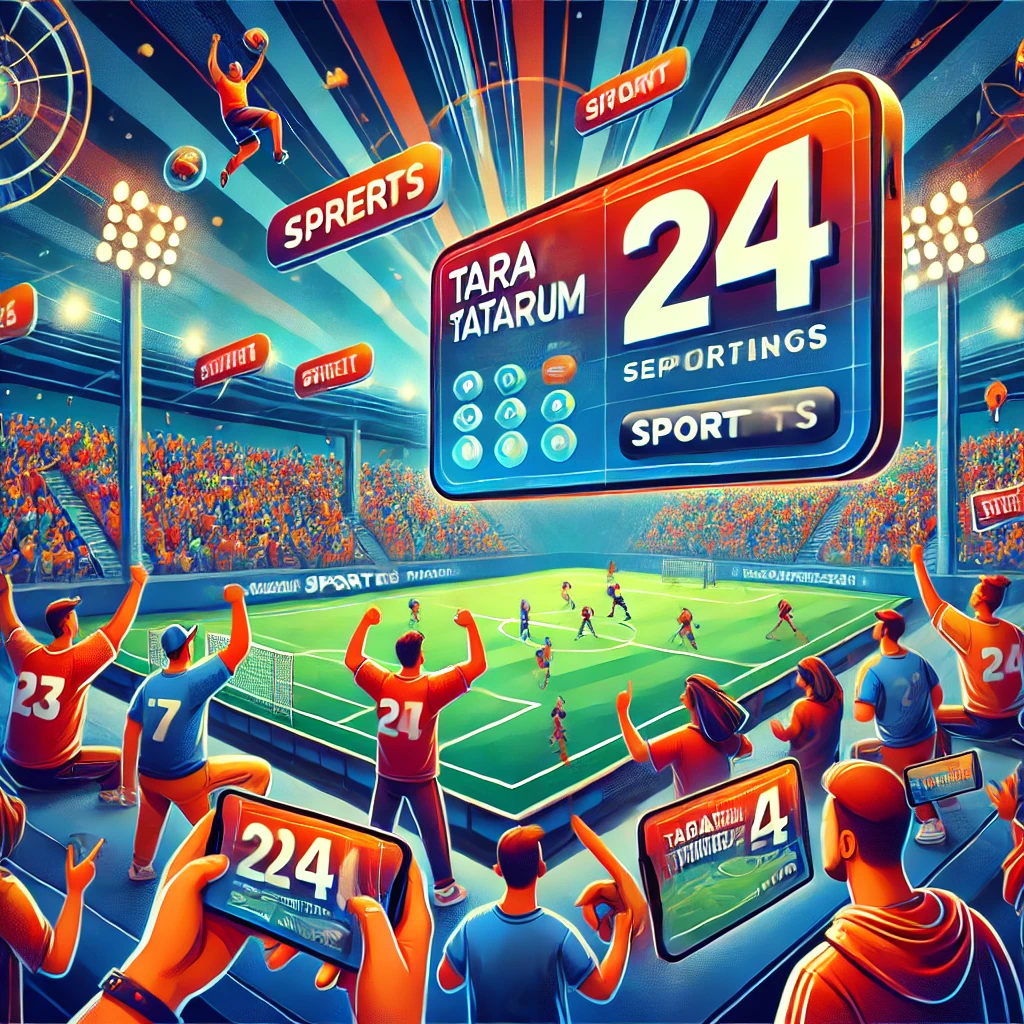In the fast-paced world of sports analytics, a new concept is gaining traction—sports harmonicode. This innovative framework offers a unique lens through which coaches, analysts, and enthusiasts can understand performance patterns, team dynamics, and strategic efficiency. Whether you’re deep into the mechanics of player statistics or just curious about next-gen sports tech, exploring the sports harmonicode could open up a whole new way of seeing the game.
What Is Sports Harmonicode?
The term “sports harmonicode” refers to a systematic approach that analyzes the rhythmic and harmonic patterns within sports data. Much like how music theory decodes harmony and rhythm, the harmonicode looks at how athletic performance and team interactions follow repeatable patterns. These patterns, once identified, can reveal hidden insights about efficiency, momentum shifts, and winning strategies.
Core Elements of a Harmonicode Framework
A well-structured sports harmonicode breaks down into key components:
- Temporal Sequences: Timing and pace of player actions and game phases.
- Spatial Patterns: Movement dynamics across the field or court.
- Performance Peaks and Troughs: Identifying when players or teams hit highs or struggle.
- Interaction Mapping: Analyzing how team members coordinate or disrupt opponents.
These elements are often visualized using heat maps, rhythm diagrams, or performance clusters to better understand flow and structure.
Why Sports Harmonicode Matters in Modern Athletics
With the rise of AI in sports analysis and wearable tracking devices, the volume of performance data has exploded. Traditional stats alone can no longer provide the full picture. That’s where the sports harmonicode becomes invaluable.
Benefits for Teams and Analysts
- Predictive Modeling: Recognize patterns that precede success or failure.
- Enhanced Coaching Strategy: Adjust training to optimize harmonic peaks.
- Injury Prevention: Detect stress cycles or overtraining indicators early.
- Competitive Edge: Understand how opponents’ patterns can be disrupted.
Several professional teams have already started integrating harmonicode principles into their game reviews, seeking a strategic edge through deeper rhythm analysis.
Practical Applications of Sports Harmonicode
Whether in football, basketball, or even esports, harmonicode thinking is adaptable. For instance, in soccer, coaches might use harmonic patterns to spot when passing rhythms lead to higher scoring opportunities. In basketball, it might highlight when a team’s spacing and timing create optimal shooting windows.
Real-World Use Cases
- In-game decision making: Live data can be analyzed to detect phase shifts in real time.
- Player development: Training drills can be personalized based on harmonic inefficiencies.
- Scouting and recruitment: Evaluate how well a player’s natural rhythm fits the team’s existing pattern.
If you’re diving into sports science or building advanced metrics tools, our recent post on how AI is transforming athlete performance analysis ties directly into harmonicode principles.
Challenges and Considerations
Like any analytical model, the sports harmonicode isn’t a magic solution. It requires clean, consistent data, and the interpretation often demands expertise in both sports science and data analysis.
- Data Overload: Too much information can obscure meaningful rhythms.
- Context Matters: Harmonic patterns must be considered in light of gameplay scenarios.
- Learning Curve: Coaches and players need time to understand and integrate harmonic insights.
Despite these challenges, the potential for gaining a competitive advantage makes sports harmonicode a compelling area of exploration.
FAQ: Sports Harmonicode Insights
What sports benefit most from harmonicode analysis?
While team sports like football, basketball, and volleyball show the clearest harmonic patterns, even individual sports like tennis or boxing can benefit from rhythm-based performance tracking.
Is this approach only for professional teams?
Not at all. Amateur and semi-pro teams can leverage basic harmonicode insights using accessible tracking tools and pattern analysis platforms.
How does sports harmonicode differ from traditional analytics?
Traditional analytics focus on outcomes—scores, assists, turnovers. Harmonicode focuses on the flow that leads to those outcomes, revealing deeper structural tendencies.
Can fans use harmonicode to enhance their viewing experience?
Absolutely. Understanding harmonic dynamics adds a new layer of appreciation for strategic plays and momentum shifts during games.
Conclusion: The Future of Sports Lies in Its Rhythm
The concept of sports harmonicode may sound abstract at first, but its implications for performance, coaching, and even fan engagement are enormous. As more organizations explore advanced metrics and rhythm-based analysis, harmonicode thinking will likely become a core part of how we understand and improve athletic performance. Whether you’re a coach, a data analyst, or a curious sports fan, diving into this harmonic world might just change how you see the game.
If you’re ready to explore deeper insights or tools that incorporate harmonic pattern analysis, be sure to check out our latest breakdowns on performance modeling and team synergy metrics.


